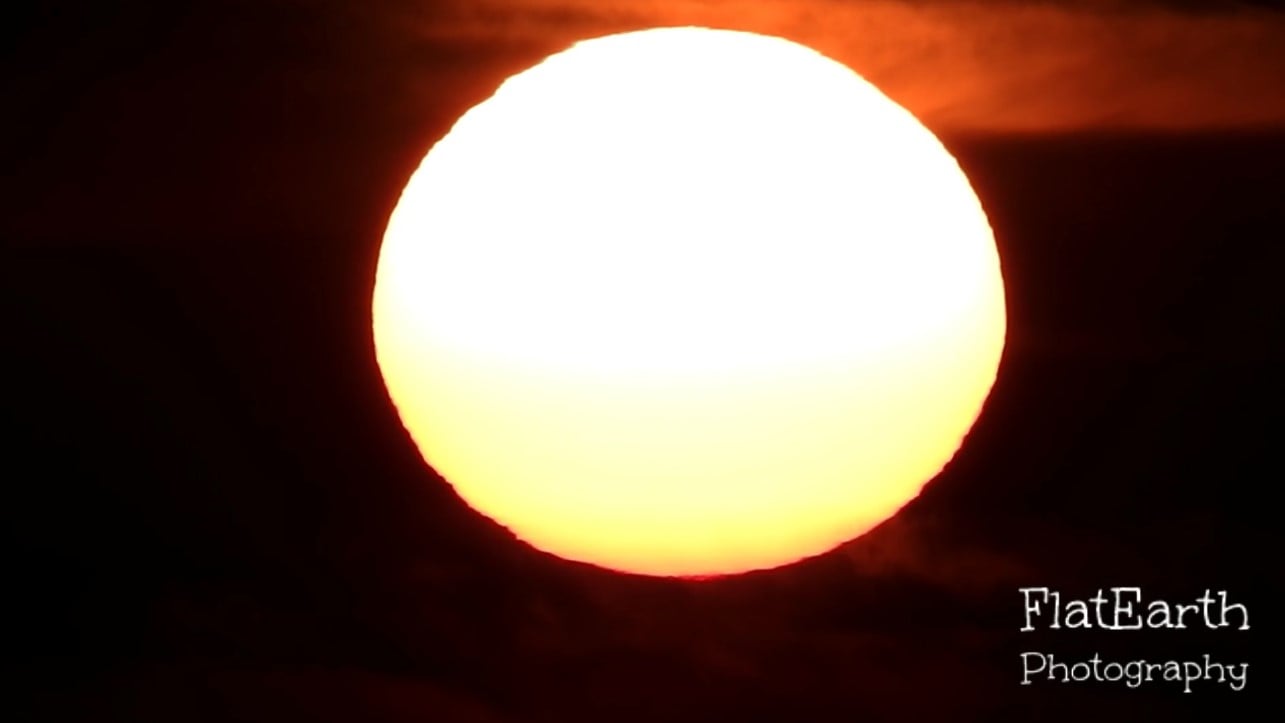China seems to want to prevail over other countries when it comes to space missions. The country wants to conduct several missions in 2018, and some of them include a pair of lunar missions which include landing on the far side of the moon. The missions are known as Chang’e 4, and plan to start to launch in June, which would carry a relay satellite, but besides that there will be a container filled with seeds and insects to the moon.
The relay satellite weighs 937 pounds and would be placed 37,000 miles on the other side of the moon. That way, communication would be established between the Earth and the moon’s far side. To safely land on the side of the moon that hasn’t yet been explored, guidance by the satellite would be provided.
As mentioned, besides the equipment which will be used for studying the geological conditions of the moon’s far side, there will be a container which is filled with seeds and insects. The container is made of aluminum alloy and should demonstrate the growing process of plants and animals on the moon.
“The container will send potatoes, arabidopsis seeds and silkworm eggs to the surface of the moon. The eggs will hatch into silkworms, which can produce carbon dioxide, while the potatoes and seeds emit oxygen through photosynthesis. Together, they can establish a simple ecosystem on the moon,” Zhang Yuanxun, chief designer of the container, told local media last year.
The container will have a layer of insulation which will protect the seeds and insects from extreme temperatures. There will also be light pipes to provide the light source for the growth of the plants and insects that are inside. The container will be equipped with specific batteries with high energy density in order to provide a constant energy supply.
According to the Guardian, China also announced plans to launch a space probe called Chang’e 5, which will bring back the samples from the moon.
“China has always made a big play about wanting to do international collaboration,” Brian Harvey, space analyst and author of China in Space: The Great Leap Forward, told The Guardian. “I think there may be an element of wanting to do it to show the US that they have an international reach, despite the America effort to stop them.”
Harvey believes that China will succeed in sending humans to the moon during the 2030s. In case of success, China could prevail over NASA, which at the moment doesn’t plan a manned mission to Earth’s natural satellite, unlike China that wants to send seeds and insects to the moon.





